This post may contain affiliate links.
If you live near a lake, ocean, or are planning a trip near the shore, a seine net can be a fun & educational experience! These nets have been used since ancient times for fishing, there is more historical information in this article, if you’re interested. Seine nets are super simple to DIY and we show you how to make one in this post. Once you have the net built, it’s time to head to the water and try it out!
Unroll the net, make sure you have the little buoys on the top and head into the water with a partner. Position the 2 poles so the net is fairly taught and the bottom of the poles are slightly tilted backwards yet still touching the sand/rocks.
Watch out for pesky little sisters that can interfere with progress.
Begin slowly walking forward, parallel with the beach, keeping the poles almost dragging on the bottom of the water, walking against the current for best results. We generally walk a dozen yards or so and then the person who is farthest from the shore begins to turn and walk towards the shoreline. You are turning the net around as both people continue towards land, being careful to keep the poles along the bottom so nothing escapes from the net.
Once you reach the beach, carefully lay the net down flat to see what you’ve caught. We generally have several varieties of fish, shrimp, jellyfish(the non stinging little jellies), crabs, etc. Obviously, your haul will vary based on where you’re at and if you’re in salt or fresh water.
Have a bucket with water ready so you can stick all your finds in. This Beach Aquarium Bucket is our absolute favorite and the lid makes it a breeze to keep adding fresh water without losing any critters. You’ll need to keep changing the water, to keep it oxygenated, so the creatures will stay alive until you set them free again.
In general, low tide yields the greatest results because you can walk farther out to use the net & grass bottom areas will often have more life in them, although we still find A LOT on sandy bottoms.
If you’re not familiar with what lives in the waters where you’re at, snap some pics with your phone and be sure to google the name of the body of water, select images, and see if you can determine what you’ve caught.
These nets are so versatile and can be brought on trips or just used close to home. The learning is limitless and so is the fun!


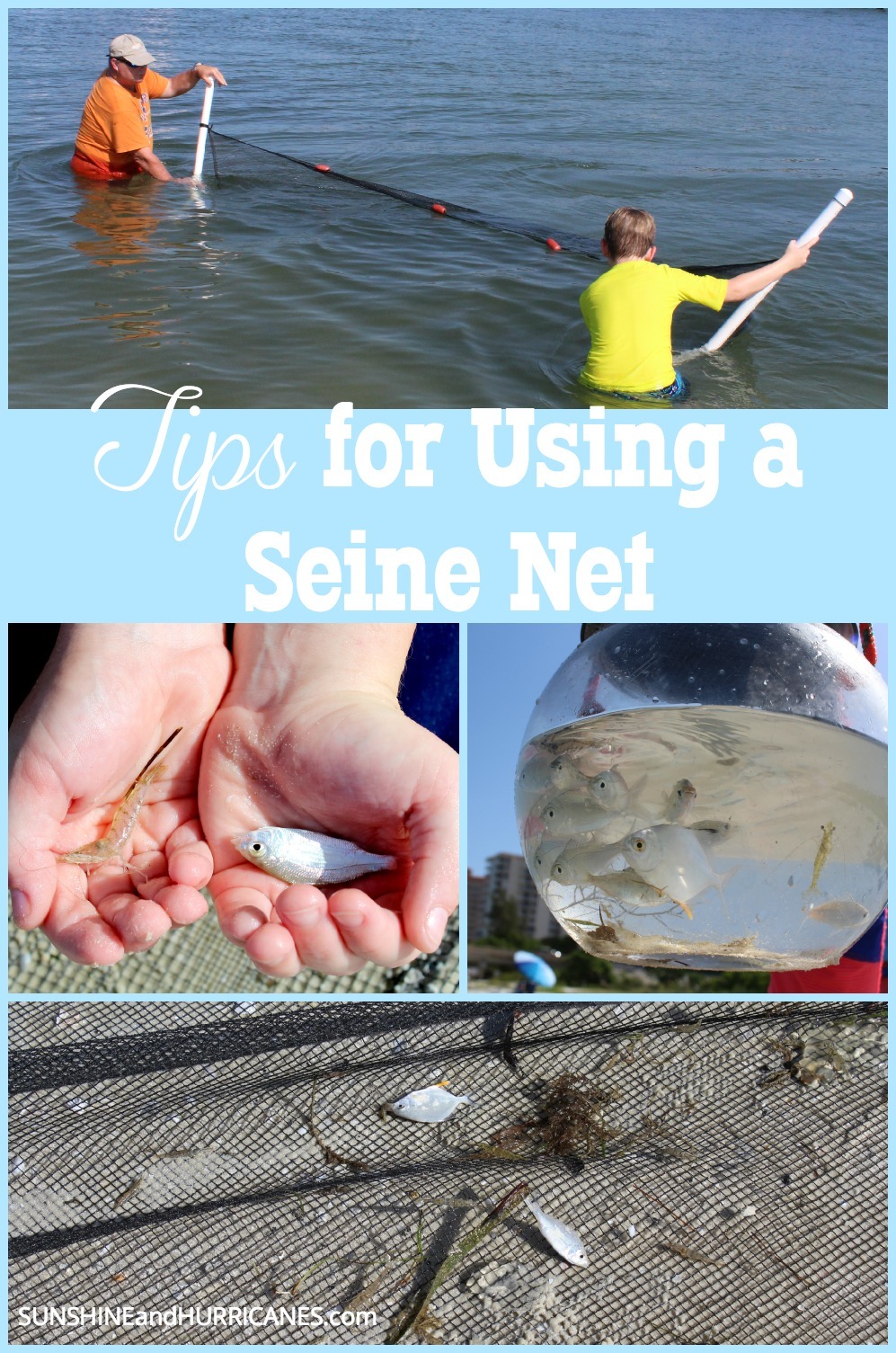
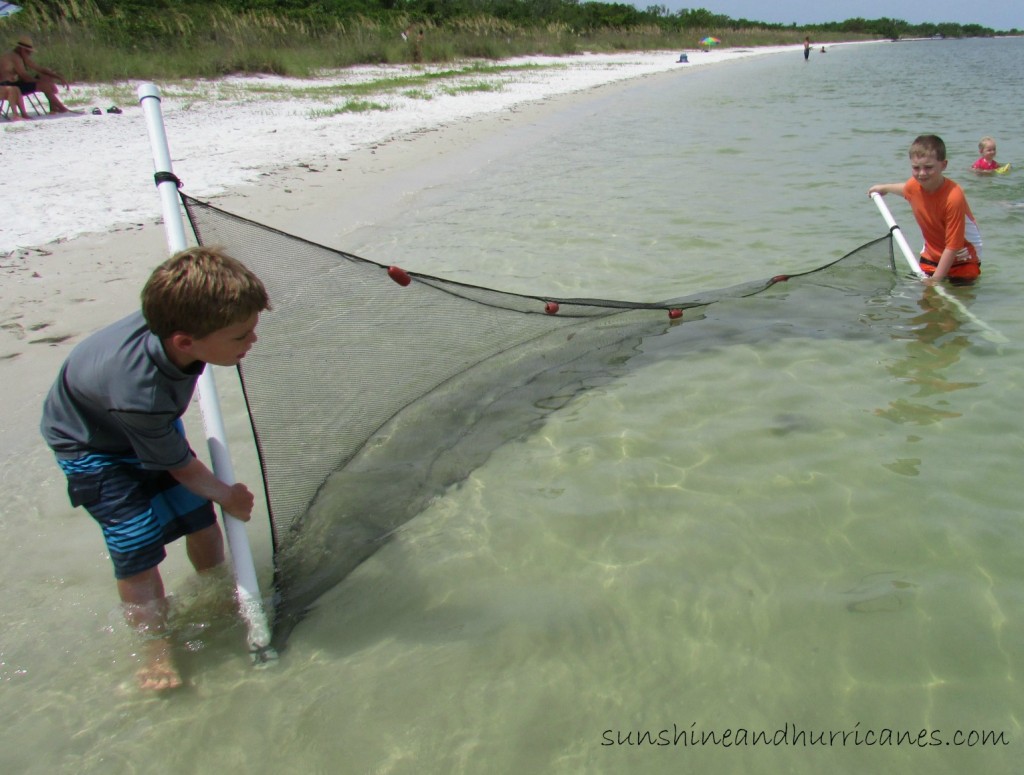
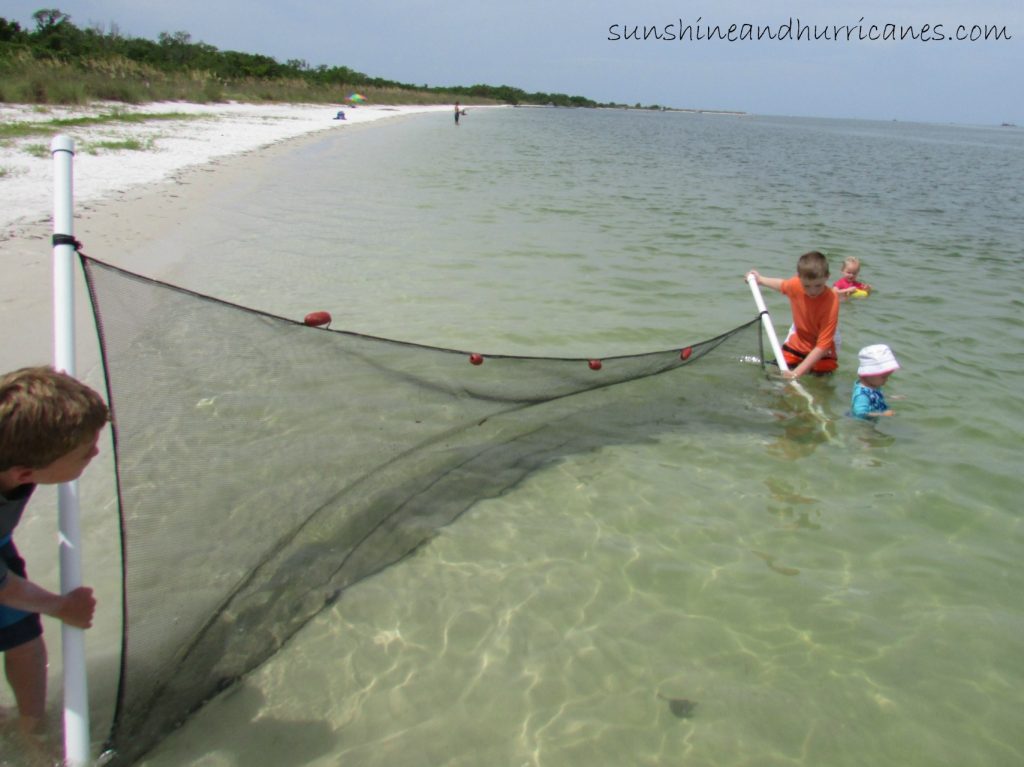
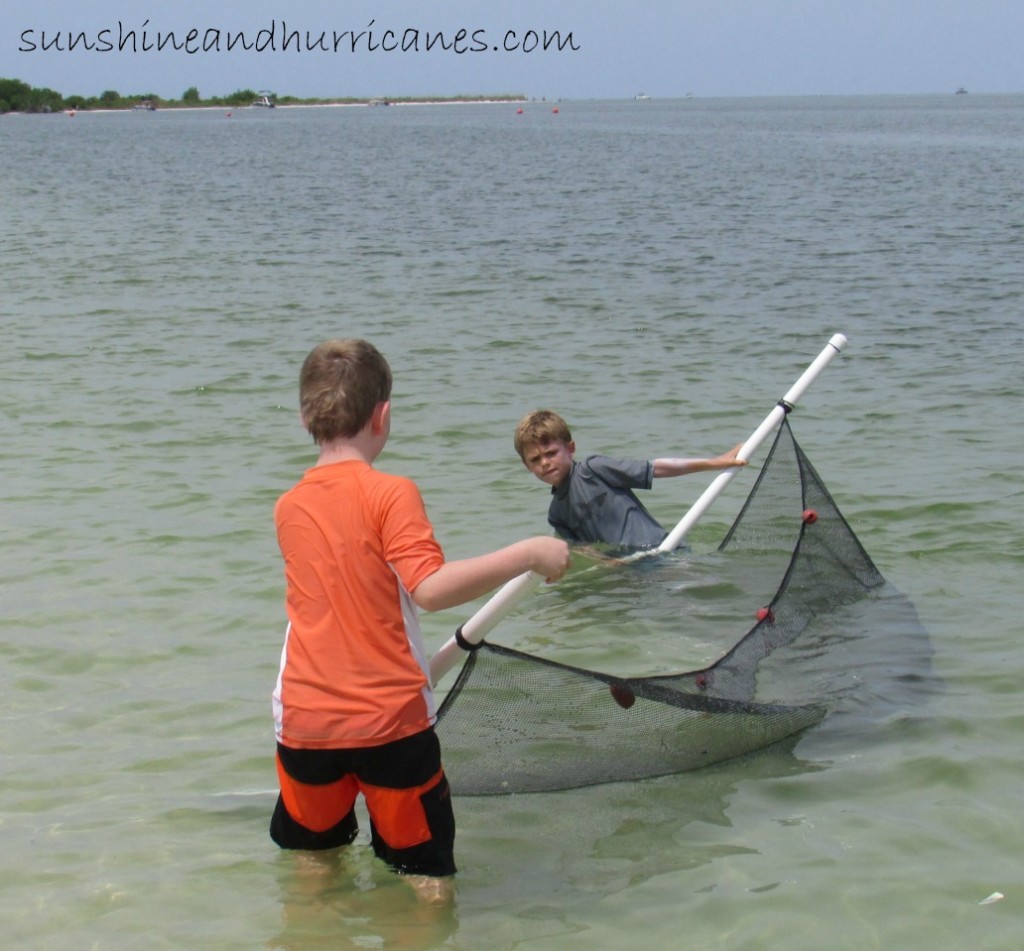
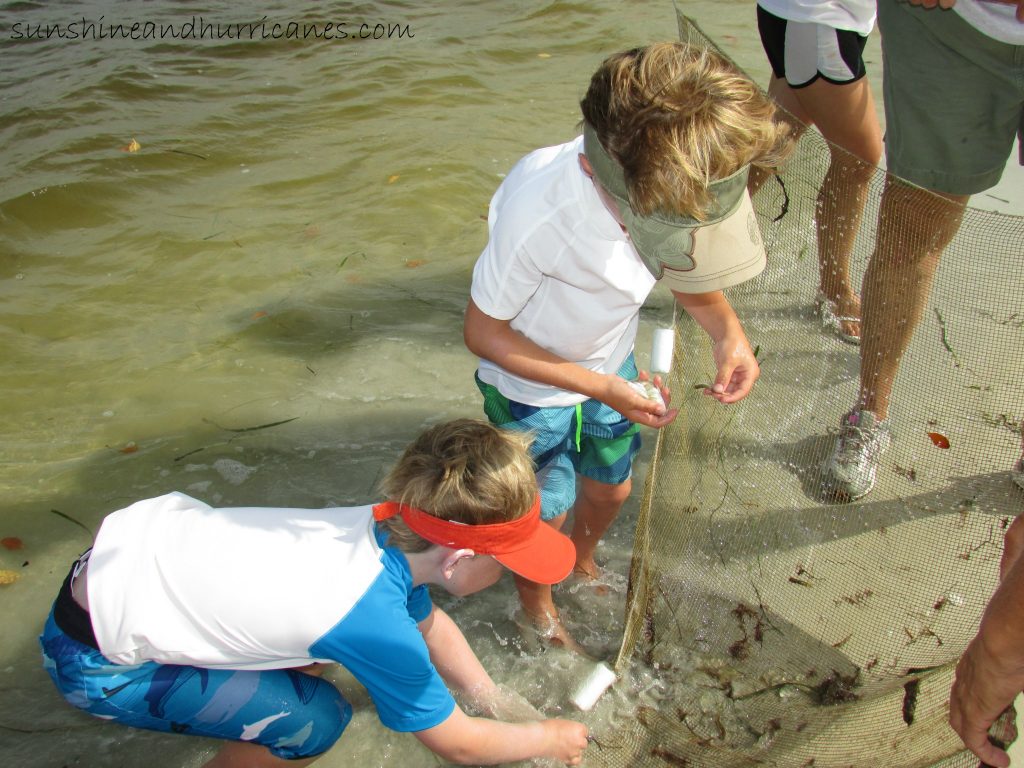

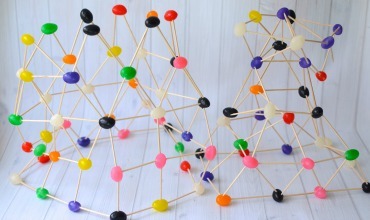
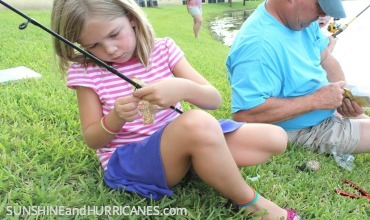
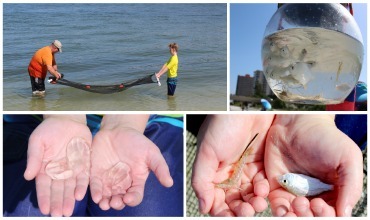

John says
Good point about moving against the current to increase the chances of catching something. Just a little fishing during a day in the water can be a fun experience for kids. Thanks for sharing!